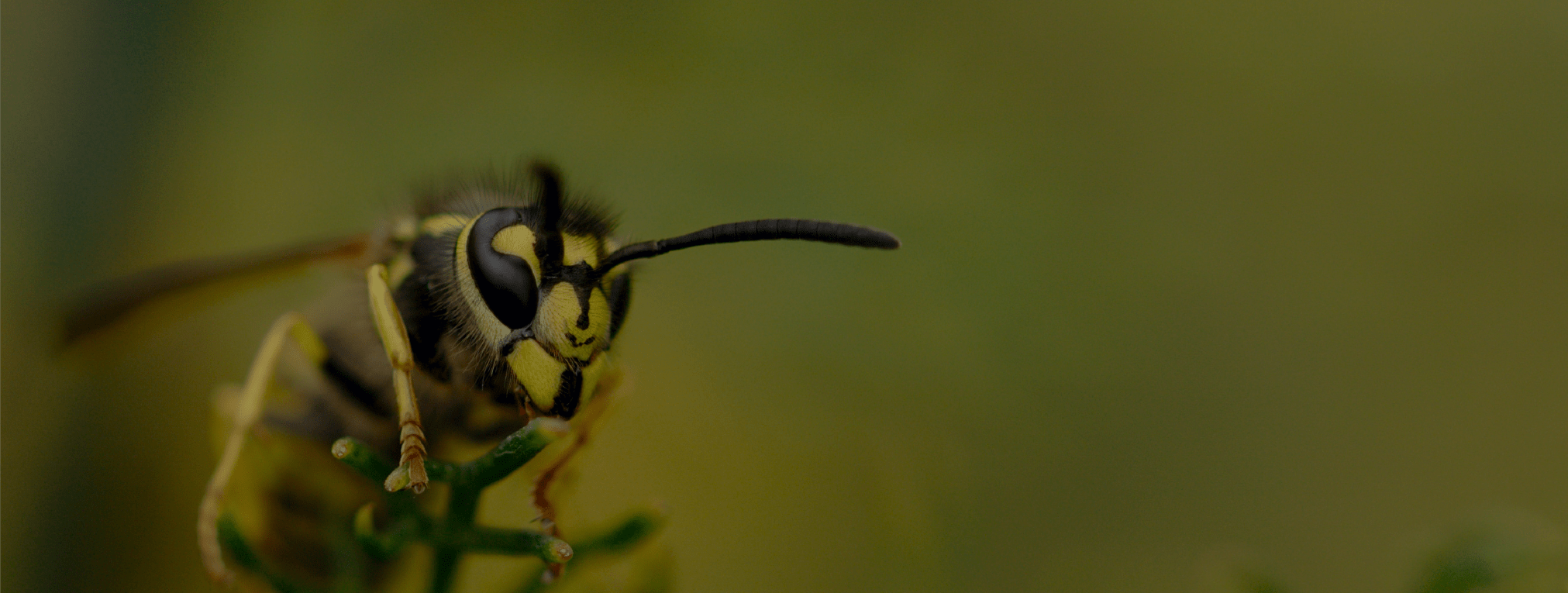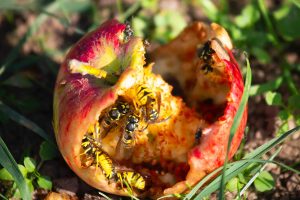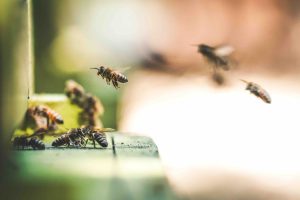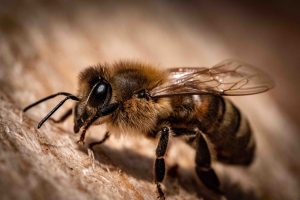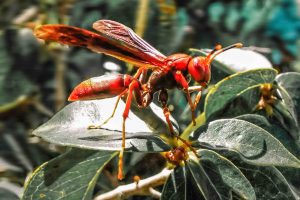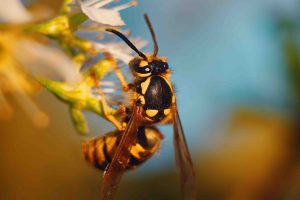Action Pest Management
Broken Arrow Bee and Wasp Removal
These flying insects may be known for their important roles in pollination, but they can also become not only a nuisance to people but also a danger.
Both of these flying insects have what is commonly known as “stingers.” With the stinger, they inject a protein venom that causes pain and other reactions.
Honey Bees have barbs on their stinger that remain hooked in the skin after the sting. The stinger is connected to the digestive system of the bee and is usually torn out of the abdomen as the bee attempts to fly away. As a result, the bee soon dies. If you are stung by a honey bee, remove the stinger (with its attached venom gland) with tweezers or your fingernail, as soon as possible. Do not pull the stinger out with two fingers. Doing this could force more venom into your skin, causing greater irritation.
Because wasps and bumblebees are able to pull out their stinger without injury to themselves, they can and usually will sting more than once. If you are stung by a wasp or bumblebee, the stinger is not left in your skin.
Normally people have only local reactions to wasp and bee stings, however, a few may experience more serious reactions. Some people are allergic to Bee and Wasp stings.
Non-allergic reactions may include burning, itching, redness, and swelling. Sometimes the itching and swelling can last up to a week.
An allergic reaction may include a rash or hives, swelling, headaches, respiratory problems and stomach upset.
People who know that they have an allergic reaction could suffer life-threatening reactions and should seek medical treatment immediately.
Eliminate Bees and Wasps Around Your Home or Business
It’s great to spend time outdoors without the fear of being stung. Do not take a chance with yourself or a loved one. Call Action Pest Management for Professional Pest Control now. Our team will remove the threat and protect you and your family, so you can enjoy your yard again.

